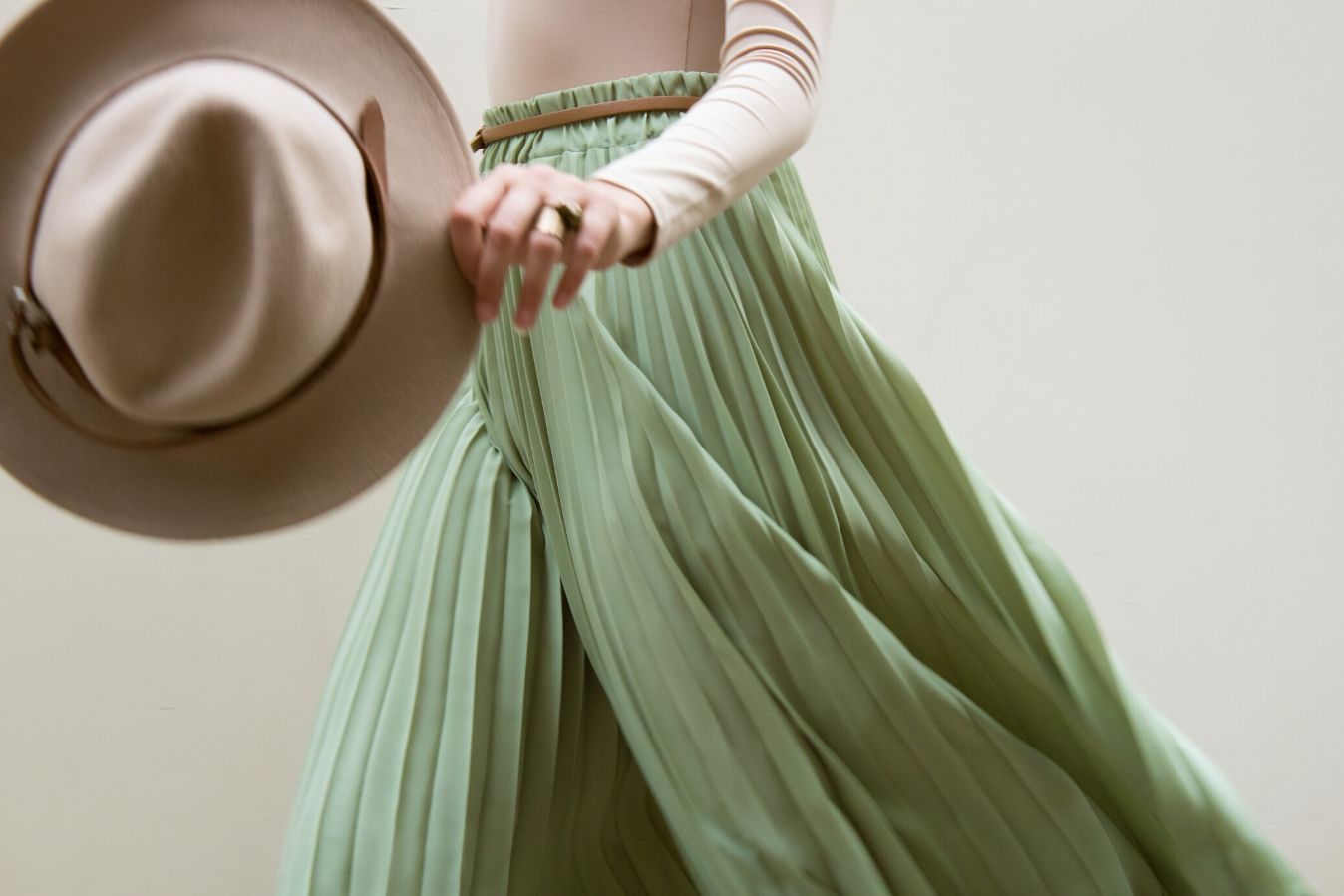There are some crucial fundamentals for any sewing project: the fabric, the notions, the equipment, and, most importantly, the pattern. While you can get most of these at your local or online fabric store, they don’t serve you any good if you can’t read the pattern. Fortunately, this guide will take you back to basics on how to read a sewing pattern envelope.
What to Know on the Envelope
It doesn’t matter if you’re a beginner, novice, or experienced sewer, since the information on the pattern envelope will guide you through the project. On the front of most envelopes, you’ll find pattern variations, the pattern number to retrieve the right fabrics at the fabric store, and sizes included in the pattern. Alternatively, on the back, you might find the sizing information, pattern descriptions, fabric requirements, fabric suggestions, notions, and finished garment measurements.
Sizing Guide
When it comes to the sizing guide, you’ll likely see a larger size than your typical regular clothing. This is natural and depends on the pattern brand. Try out different sewing patterns to see which sizes fit you best compared to your conventional clothing. Still, when choosing the right pattern, consider your bust, waist, and hip measurements. Naturally, use your bust measurement for shirts, blouses, or tops, and your hip and waist for skirts or pants. Importantly, those with a chest larger or smaller than a B cup should each consider their bust-to-waist ratio, as most patterns assume the wearer is around this size. This can throw off your garment sizing if you’re not careful.
Suggested Fabrics and Yardage
One of the nice things when reading a sewing pattern envelope is seeing the suggested fabrics and yardage. That way, you won’t struggle to find the right one. Check the back of the envelope for these suggestions, but know you’re not limited to these choices. Of course, not every pattern is the same. Check for suggested knits or woven, as this can determine whether your piece will stretch or not. Also, the pattern envelope’s backside will indicate the appropriate fabric yardage needed. These are commonly found in 45” and 60” measurements. The amount you need depends on the fabric you use.
Notions
Notions are small essentials to create your garment. Zippers, buttons, interfaces, and elastic bands are common notions used in many sewing projects. It’s a good idea to get your notions at the fabric store when picking up your fabrics. That way, you have everything on hand.
Finished Garment Measurements
Lastly, your finished garment measurements are important for any finishing touches and details. For many people, their final garments don’t fit as expected. This is often because there’s extra fabric built into the garment for easy movement. You can find the ease by subtracting the finished garment measurements from your body measurements. Some garments only offer one to two inches of ease, while others may have negative ease. When this happens, your garment is smaller than your body’s measurements, like in spandex, which is designed to stretch.
When choosing the right fabric for your cosplay or other garment ideas, don’t forget to order from us at Fabric Wholesale Direct. Our vast selection of apparel fabrics makes us one of the largest retailers for printed fabric online. You can see any of our printed or non-printed fabrics at a reasonable price point for your sewing project.
 Transparent
Transparent
 White
White
 Pink
Pink
 Red
Red
 Orange
Orange
 Ivory
Ivory
 Yellow
Yellow
 Gold
Gold
 Brown
Brown
 Green
Green
 Blue
Blue
 Purple
Purple
 Grey
Grey
 Black
Black
 Multi
Multi
 Abstract
Abstract
 African Print
African Print
 Animal Print
Animal Print
 Baby & Nursery
Baby & Nursery
 Buffalo Check
Buffalo Check
 Camo Print
Camo Print
 Celestial
Celestial
 Chevron
Chevron
 Church
Church
 Damask
Damask
 Embroidered
Embroidered
 Floral
Floral
 Geometric
Geometric
 Gingham Check
Gingham Check
 Houndstooth
Houndstooth
 Licensed
Licensed
 Paisley
Paisley
 Plaid
Plaid
 Polka Dot
Polka Dot
 Sports
Sports
 Stripe
Stripe
 Tie Dye
Tie Dye


